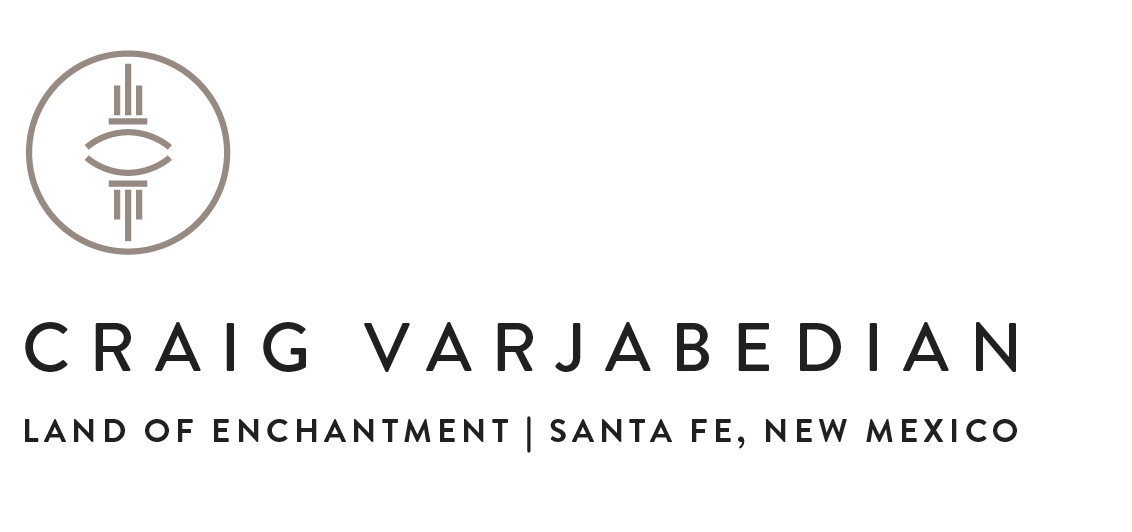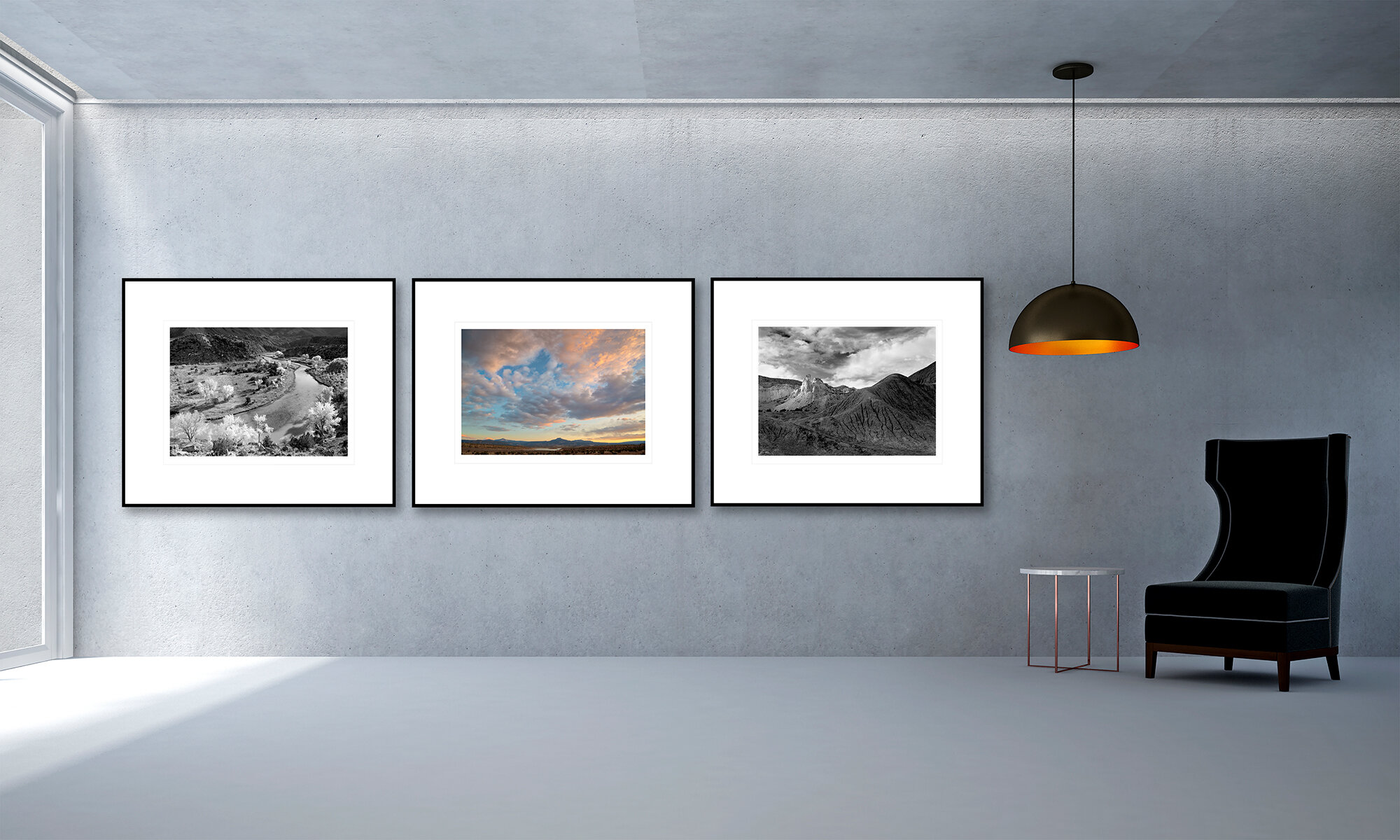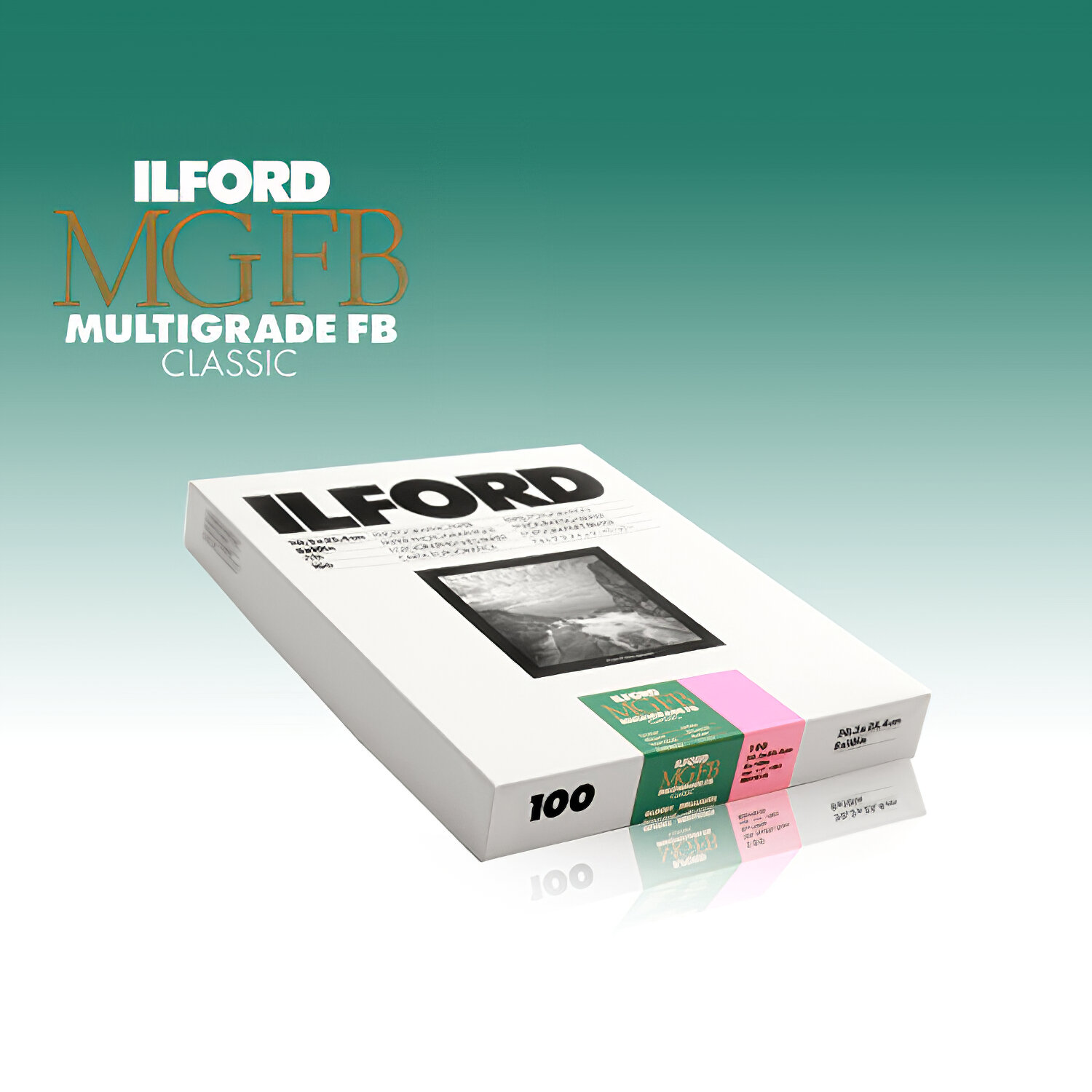My New Favorite Paper—Canson Infinity Baryta Prestige-Baryta Gloss
The print on the left was made on the Ilford Multigrade Fibre base Classic. The other prints were made on my new favorite paper Canson Infinity Baryta Prestige
There is something significant about the paper we print our photographs on. It’s really the last in a series of choices we can make to fully convey the intention, the meaning and perhaps even the magic of our images. There are so many different surfaces and types of paper to choose from that it can be hard to choose. You may remember the choice of glossy or matte from the good ol’ days at Fotomat where you took your film to have it developed and printed.
Well glossy and matte surfaces are just the beginning of the papers available today for digital printing. There are now various degrees of Gloss and Matte; from glossy like a mirror to a deep matte, completely non-reflective surface with a lot of other surfaces in between. There are also textured art papers with various surfaces, and etching type papers with the look of something that Rembrandt might have used for an etching years ago. And the notion of white is open for discussion too, with various brightnesses available (think copy paper brightness), with papers ranging from creamy ivory to brilliant white. And let’s not forget printable canvas and even metallic papers—the list and availability is daunting and seemingly endless. Ultimately the goal is to choose the right paper to help carry and even enhance what the photographer wants to say in their image.
Epson SureColor P9570 44" Wide-Format Inkjet Printer
People often ask what paper(s) do you print your images on. To answer completely, allow me to provide a little background on the considerations involved. Because I often exhibit prints I make in the traditional wet darkroom on silver-gelatin paper along with digital prints made with a Epson SureColor P9570 Format Inkjet Printer 12-color pigment ink printer, I want all of them to have a similar look when displayed together. Now in the traditional wet darkroom, we having been using Ilford Multigrade Fibre Base Classic paper for years, a silver-gelatin photo paper with a glossy surface. We consider this paper to be our “gold standard” in terms of print quality for black and white silver-gelatin prints.
When I first set off to find the right digital printing paper (inkjet) for me, I requested (often purchased) samples from many of the paper manufacturers that are currently stocked in the US and made sample prints on them. Most manufacturers now offer sample packs of their papers. I even considered a beautiful paper that one of our workshop students from Japan was using. Regretfully the paper is not sold in the US and difficult to reliably import.
I finally decided on a paper made by Hahnemühle called Fine Art Baryta. This paper has a brightness and a surface similar to the Ilford Multigrade and the prints I made on the Fine Art Baryta were difficult to distinguish from the Multigrade. However, unfortunately for me the Hahnemühle paper was not the match made in heaven I had hoped. While it is indeed a beautiful paper, the surface seems prone to scratching even when handled carefully in our studio.
Meanwhile the search for the “perfect” paper continued.
Finally, a few months back, I discovered and tested a paper made by Canson, a 150 year old highly respected French paper making company. The paper is called Infinity Baryta Prestige-Baryta Gloss and it is in a word—beautiful. The paper is thick (340gsm) and produces outstanding black densities (D-max) and contrast along with good image sharpness. And in particular it has a brightness and a surface that looks very much like our favorite Ilford paper; it could be its cousin. The paper is available from the usual suspects on the web (B&H, Adorama and others) or your local camera store, and printer color settings (ICC Profiles) for many current printers are available on Canson’s web site.
It is my belief that in order to develop a photographic (artistic) voice, you must be in total control of the equipment and materials you use to create your work. When I started out, my teachers admonished me to choose one film and one photo paper (think traditional darkroom) to make my photographs and learn them well. “Learn how your materials behave,” they would say, “discover their subtleties and nuances.” A well-known photographer encouraged me to “listen to the voice of the film and paper.” These great teachers provided an important way to think about the materials of photography.
At this point, I’m not looking to spend my time testing papers any more than I have to. When I find something that works well I tend to stick to it. I love the beauty, the subtlety and the nuance of the prints I have made on Canson’s Infinity Baryta Prestige-Baryta Gloss paper. They stand strongly and even proudly in quality and feeling alongside the traditional silver-gelatin prints I also make. I look forward to making prints for many different projects in both traditional silver-based black and white along with digital color and black and white as my projects require. And as I work to make prints that carry the emotions I felt at the moment an image was made, I will be listening carefully to “the voice of the paper” and in fact all the materials I use for what they can reveal to me about making the quintessential print.





